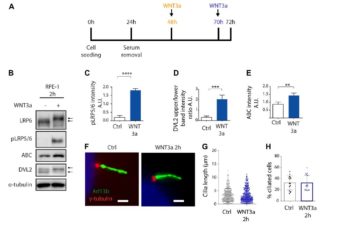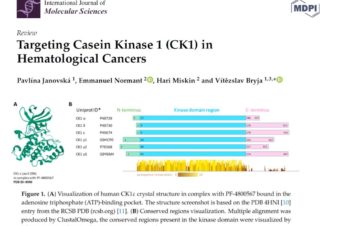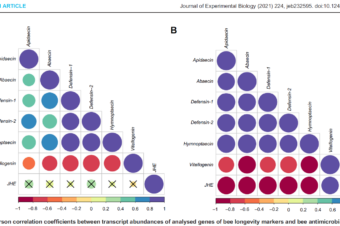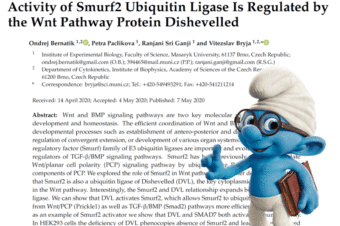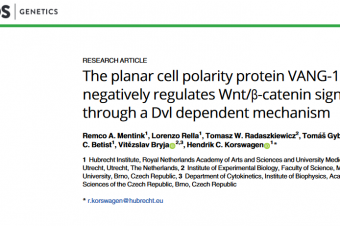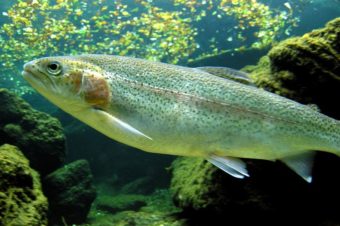Abstract:
The improving performance of the laser-induced breakdown spectroscopy (LIBS) triggered its utilization in the challenging topic of soft tissue analysis. Alterations of elemental content within soft tissues are commonly assessed and provide further insights in biological research. However, the laser ablation of soft tissues is a complex issue and demands a priori optimization, which is not straightforward in respect to a typical LIBS experiment.
Here, we focus on implementing an internal standard into the LIBS elemental analysis of soft tissue samples. We achieve this by extending routine methodology for optimization of soft tissues analysis with a standard spiking method. This step enables a robust optimization procedure of LIBS experimental settings. Considering the implementation of LIBS analysis to the histological routine, we avoid further alterations of the tissue structure.
Therefore, we propose a unique methodology of sample preparation, analysis, and subsequent data treatment, which enables the comparison of signal response from heterogenous matrix for different LIBS parameters. Additionally, a brief step-by-step process of optimization to achieve the highest signal-to-noise ratio (SNR) is described. The quality of laser-tissue interaction is investigated on the basis of the zinc signal response, while selected experimental parameters (e.g., defocus, gate delay, laser energy, and ambient atmosphere) are systematically modified.
Sensors (Basel). 2021 Jan 29;21(3):900. doi: 10.3390/s21030900.
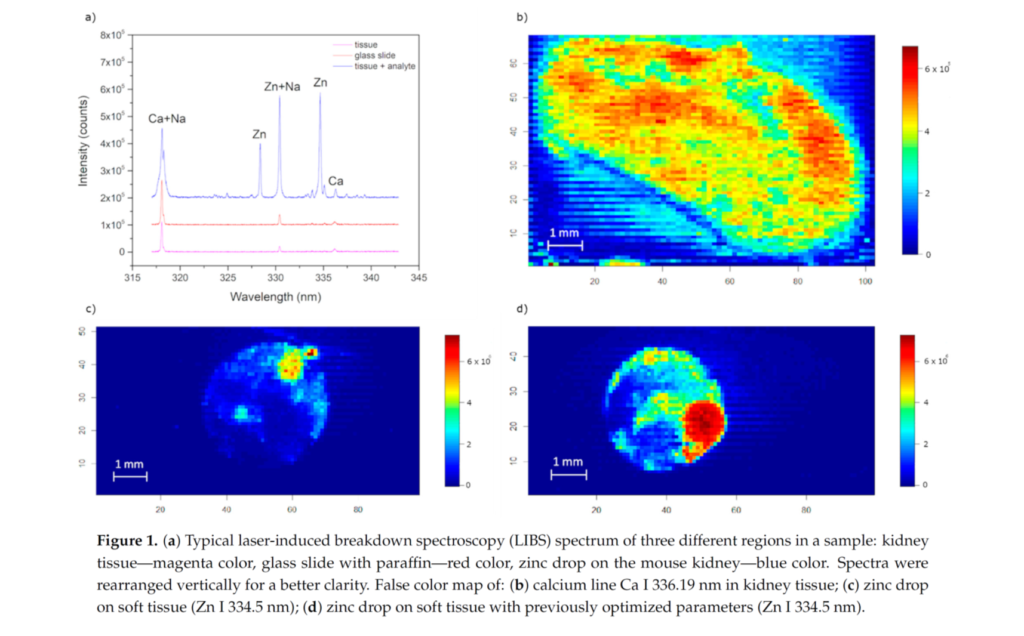
Authors:
Anna Šindelářová 1; Pavel Pořízka 1,2; Pavlína Modlitbová 1; Lucie Vrlíková 3; Kateřina Kiss 4,5; Milan Kaška 5; David Prochazka 1,2; Jakub Vrábel 1; Marcela Buchtová 3,6; Jozef Kaiser 1,2
1 Central European Institute of Technology (CEITEC), Brno University of Technology, Purkyňova 123, 612 00 Brno, Czech Republic.
2 Faculty of Mechanical Engineering (FME), Brno University of Technology, Technická 2896, 616 69 Brno, Czech Republic.
3 Institute of Animal Physiology and Genetics, Czech Academy of Sciences, Veveří 97, 602 00 Brno, Czech Republic.
4 Third Faculty of Medicine, Charles University, Ruská 2411, 100 00 Praha 10, Czech Republic.
5 Faculty of Medicine in Hradec Kralove, Charles University, Šimkova 870, 500 03 Hradec Králové, Czech Republic.
6 Department of Experimental Biology, Faculty of Science, Masaryk University, Kamenice 5, 625 00 Brno, Czech Republic.
